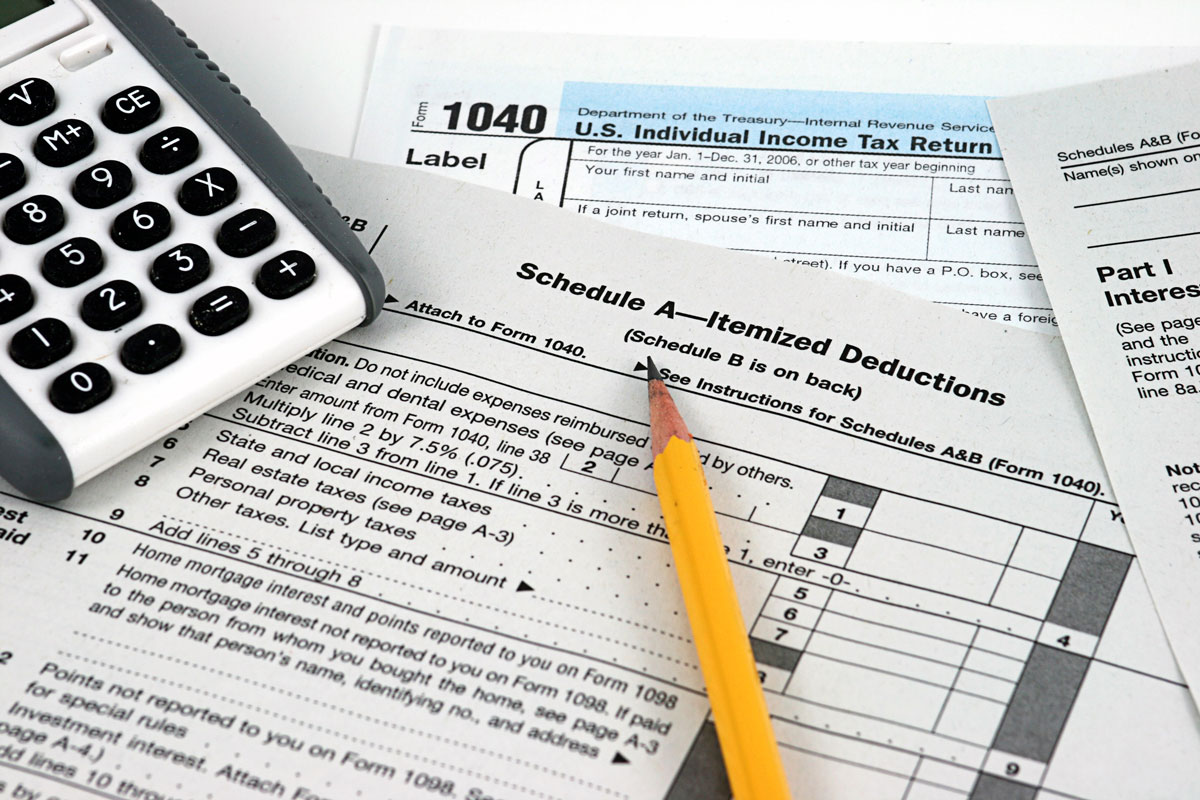The Tax Cuts and Jobs Act introduced in 2017 had a widespread impact by nearly doubling the standard deduction for tax filers. While many people were pleased by that increase in the deduction, few realized how bunching tax deductions could help them to take greater advantage of this increase. Here is how it works.
What Is the Standard Deduction for 2022?
The 2022 standard tax deductions are $12,950 for single filers, $25,900 for joint filers, and $19,400 for heads of households.
With the standard deduction at these levels, few people find it beneficial to itemize their deductions each year. However, with some savvy tax planning, you can dramatically decrease your tax liability by bunching and itemizing your deductions every other year and taking the standard deduction in alternate years. Here’s how.
What Is Bunching?
Bunching deductions essentially means taking two years’ worth of tax deductions in one year. This is not possible with every type of tax deduction, but this can be done with many predictable deductible expenses. Bunching two years of deductions into a single year gives you a significantly higher amount of deductions, which allows you to itemize for a higher deduction than the standard tax deduction. Then, in the following year, you will have much fewer itemized deductions and can take the standard deduction instead.
Common Deductions That Can Be Bunched?
- Charitable Contributions– Since you have control over how much you give and when, charitable contributions are easy to bunch. As an example, assume you give several thousand dollars to your favorite charity at the end of every year. Instead, you could postpone your contribution until after the New Year, lowering your deductions for this year and taking the standard deduction. The following year, you would make your usual December contribution. You have now made two large donations to that charity in the same year and doubled your charitable contributions for that year.
- Medical Expenses– Obviously, you cannot control when you need medical attention. However, if you are considering replacing your home medical equipment or getting elective surgery, you may be able to bunch those high costs into a single tax year. Keep in mind that you can only deduct medical expenses that exceed 7.5% of your adjusted gross income. So, if you can bunch your expenses, you may be able to exceed this threshold and deduct a portion of the costs you would otherwise not be able to deduct.
- Property Taxes– If you have received your property tax bill, you can pay it at any time. This means you can pay it in January for one year, then prepay for the following year as soon as you receive the tax bill in December. Keep in mind there is a cap of $10,000 for the amount of state and local taxes that can be deducted in a given year.
Consider This Example
Bill and Mary get their annual $7,000 property tax bill in December. Last year, they didn’t pay that bill until the due date in January, but this year, they pay it right away in December. They now have $14,000 in property taxes this year, so they can take the maximum property tax deduction of $10,000. Additionally, they paid $8,500 in mortgage interest this year, so they can deduct that amount as well.
They usually contribute $9,000 to their favorite charity in January every year. Instead, this year, they make the donation in December giving them $18,000 in deductible charitable contributions this tax year. Add this to the above deductions, and John and Jill now have $36,500 in itemized deductions, which far exceeds the $25,900 standard deduction.
If they itemize their deductions this year and take the standard deduction next year, when their itemized deductions are lower, they would have a total of $62,400 in deductions. If they had taken the standard deduction both years, they would have only received $51,800 in deductions over those two years.
As you can see, bunching can have significant benefits for some taxpayers. To learn more about bunching your deductions, and to see if it can benefit you, contact ClarkSilva today.

Stay In Touch